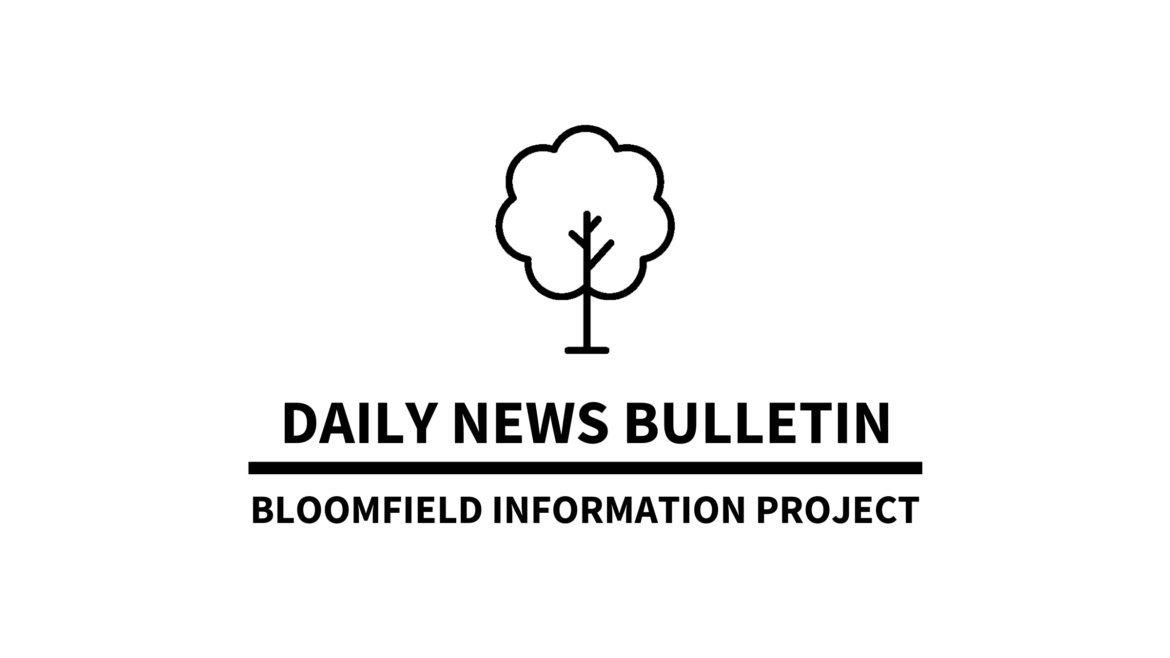Bloomfield Information Project’s news harvests

We developed the news harvest directly in response to a need that we heard about through the Bloomfield Information Project, our public service journalism lab in Bloomfield, New Jersey. A resident told us that news and information in town was “pieces here, pieces there” with no single reliable source for updates about what’s happening in their community.
When the pandemic struck, this need became more urgent. Days into lockdown, there was no place to keep track of local case counts, find information on closures across the township or learn about nearby testing sites as they began to crop up. So we launched a COVID-19 information hub and began daily news harvests to deliver information for and about Bloomfield directly into people’s inboxes.
From March to mid-June, we provided daily case counts and rundowns of the latest developments affecting Bloomfield and the people in it. The newsletter has now transitioned to covering a broader range of local topics.
Our ongoing ecosystem assessment helped us identify information channels to tap into including local Facebook groups and pages, digital news sites, government sources, and state and regional news providers. We review feeds of dozens of sources of local information daily to identify relevant civic news and information, provide a high-value headline summarizing it and share what we cook up in that day’s newsletter.
Weekly, we’re sharing dozens of local news items. Our initial analysis shows that more than 50% of the information we share comes from a person or organization that is not a formal news provider.
We publish individual news items across social channels (including auto-generated text graphics on Instagram) and on our website to make them discoverable through search.
Thanks to automation, we can also translate and distribute our news products in other languages.
The news harvest methodology is a critical first step in news ecosystem restoration. It allows us to identify existing information providers and build curation and distribution infrastructure to increase the reach and penetration of community-produced news. It helps us break information free from platform algorithms and gives people opportunities to build constructive local news habits, on which we can build established community news operations.


